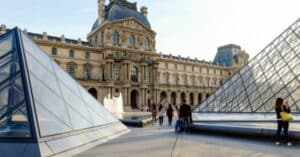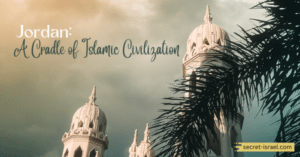For many centuries, the ruins of Ramla have stood as a silent witness to the past. This once-thriving city in Israel has a long history linked to the Crusades and its ruins offer much insight into those turbulent times. From churches built by crusading European knights to impressive desert fortifications, these Crusader ruins provide an opportunity for intrepid travelers to explore what life was like during one of Europe’s most tumultuous periods — and uncover some amazing secrets along the way.
Come discover with us why Ramla’s Crusader ruins are so significant and learn more about its fascinating past!
Ramla (Overview)
Ramla, an age-old city steeped in history, lies nestled in southern Palestine, strategically located on the coastal plain between Jerusalem and Jaffa. Conceived by the Umayyads as a successor to the Christian Lydda around 715, this remarkable city was later occupied by Crusaders in the First Crusade on June 3, 1099.
Once a vibrant city teeming with life, it was deserted upon the arrival of the crusading armies. Today, the secrets of its past lie in its Crusader ruins, which stand as silent witnesses to the city’s storied history. Intricate stone masonry, cobblestone streets, and remnants of ancient fortifications beckon historians and travelers alike, serving as a testament to the city’s once-flourishing existence.
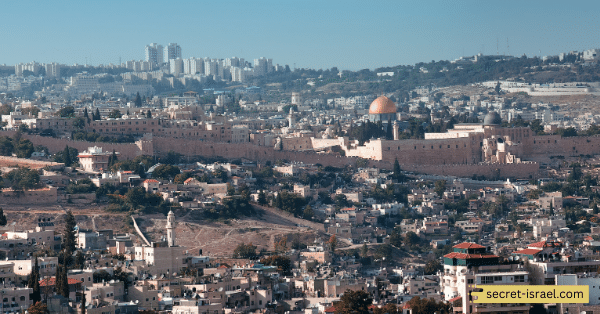
Umayyad Foundations of the City
The city of Ramla owes its existence to the Umayyad Caliphate, which marked a significant era in the evolution of Islamic culture and civilization. Under the Umayyads, Ramla was established around 715 as a vibrant metropolitan center, effectively serving as a successor to the Christian city of Lydda. The strategic location of Ramla made it a crucial intersection for trade, culture, and politics, thus drawing a diverse populace from different regions and backgrounds.
The Umayyads left an indelible mark on Ramla, shaping its architectural landscape with majestic structures that embodied the richness and grandeur of Umayyad architecture. Grounded in Islamic aesthetics, these edifices showcased intricate geometric patterns, robust arches, and domes, thereby reflecting the characteristic grandiosity of the Umayyad era.
Much of the city’s ancient allure and character can thus be attributed to its Umayyad foundations. The remnants of this era, although largely in ruins, still echo the city’s glorious past, offering intriguing insights into its Umayyad origins. Despite the passage of centuries, these foundational elements continue to define Ramla’s identity, silently narrating tales of its illustrious beginnings under the Umayyads.
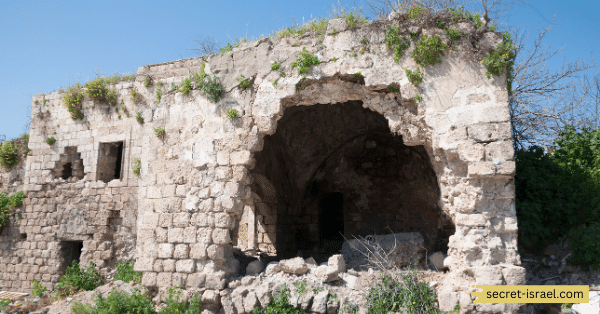
The Arrival of the First Crusade
The dawn of June 3, 1099, marked a transformative chapter in Ramla’s history – the arrival of the First Crusade. The city, once thriving under Umayyad rule, found itself at the crossroads of a great conflict. The crusading armies sought to lay claim to the Holy Lands, and Ramla, with its strategic location and cultural significance, was a prime target.
As the Crusader forces descended upon the city, the very fabric of Ramla’s existence was shaken. The city’s populace, accustomed to the cosmopolitan Umayyad lifestyle, faced a drastic shift in socio-political dynamics. The Crusaders’ occupation brought a new architectural and cultural influence, reshaping the cityscape with their distinctive Western European styles.
However, the initial encounter with the Crusaders led to significant upheaval, prompting the city’s desertion. Despite this tumultuous period, the city’s Crusader remains today and offers a fascinating window into this pivotal historical era. From the stoic fortifications to the weathered stone walls, each ruin whispers tales of valor, faith, and resilience from the time of the Crusaders. The Crusade’s impact has left an indelible imprint on Ramla, adding another layer to its rich, multifaceted history.
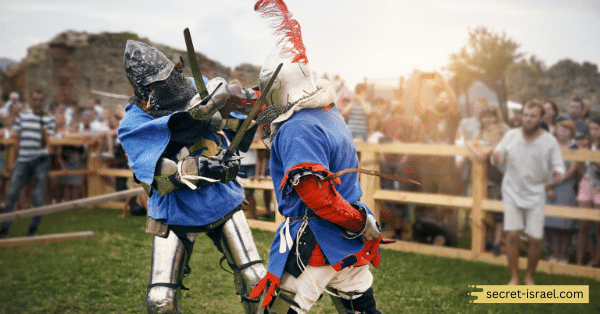
Exploring Ramla’s Crusader Ruins
Embarking on a journey through Ramla’s Crusader ruins is akin to stepping back in time. The ruins, each with its own unique tale, draw visitors into a captivating narrative of power, faith, and resilience. As you traverse the cobblestone streets, the ruins of fortified walls and grand edifices bear testament to the city’s turbulent past under the Crusaders.
One cannot help but marvel at the majesty of these structures, their enduring resilience a tribute to the engineering prowess of the Crusaders. From the fragments of once-imposing fortifications to the remnants of ornate archways and the weathered stone walls of fallen edifices, the Crusader structures reflect a blend of Western European and indigenous design elements.
Ramla’s Crusader ruins also offer insights into the daily life of its bygone inhabitants. From residential quarters to marketplaces and religious institutions, these ruins preserve the essence of a community that thrived amidst the challenges of its times.
Exploring these ruins, one gains a profound understanding of Ramla’s layered history and the forces that shaped it. Moreover, the silent beauty of these ruins, bathed in the golden hues of sunset, provides a mesmerizing spectacle that echoes the city’s timeless allure.
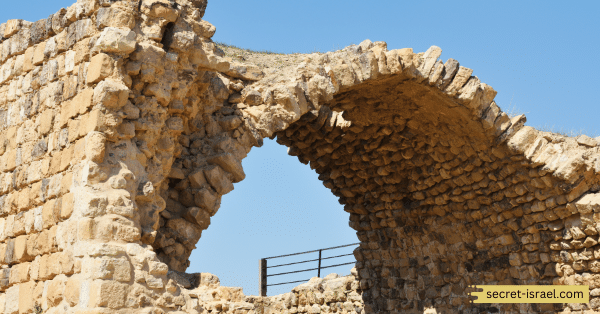
What Remains of Ramla Today?
Today, Ramla stands as a city that has weathered the tides of time, a living testament to its captivating past. While much of its ancient glory lies in ruins, the city continues to thrive, pulsating with renewed vigor and carrying forward the legacy of its Umayyad and Crusader roots.
Many of the historical structures that saw the rise and fall of empires have been sensitively restored, offering a glimpse of the city’s rich past. Among these, the Crusader ruins remain a significant point of interest, their silent yet compelling presence inviting explorers to delve into their history. As one walks the streets, the echoes of the Crusader and Umayyad eras are palpable, their influence visible in architectural aesthetics.
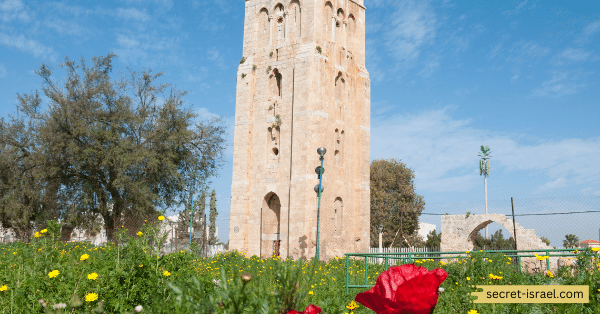
In Conclusion
The secrets of Ramla’s Crusader ruins continue to fascinate and captivate historians and visitors alike. These ancient ruins serve as a reminder of the centuries of conquest and conflict that have shaped the region’s rich history.
Through careful excavation and research, we are able to gain a deeper understanding of the lives and beliefs of the people who once called these ruins home. It is through these discoveries that we are able to piece together the puzzle of the past, and better understand the ongoing legacy of the Crusaders in Ramla and beyond.
The study of these ruins and their secrets is a vital means of preserving and understanding the history of the Middle East and will continue to inspire further exploration and inquiry for generations to come.

